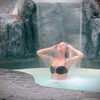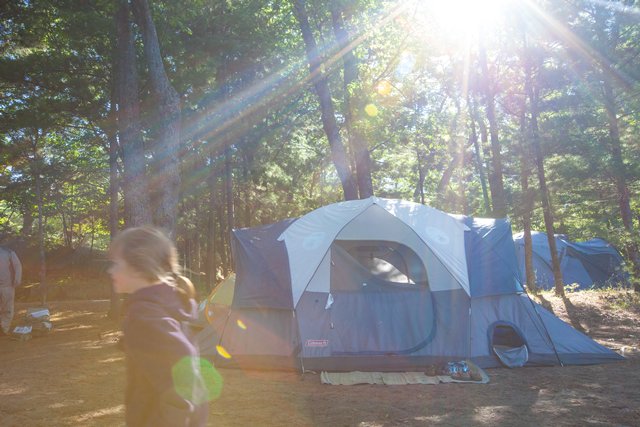
10 Incredible (and Useful) Facts About Ontario’s Provincial Parks
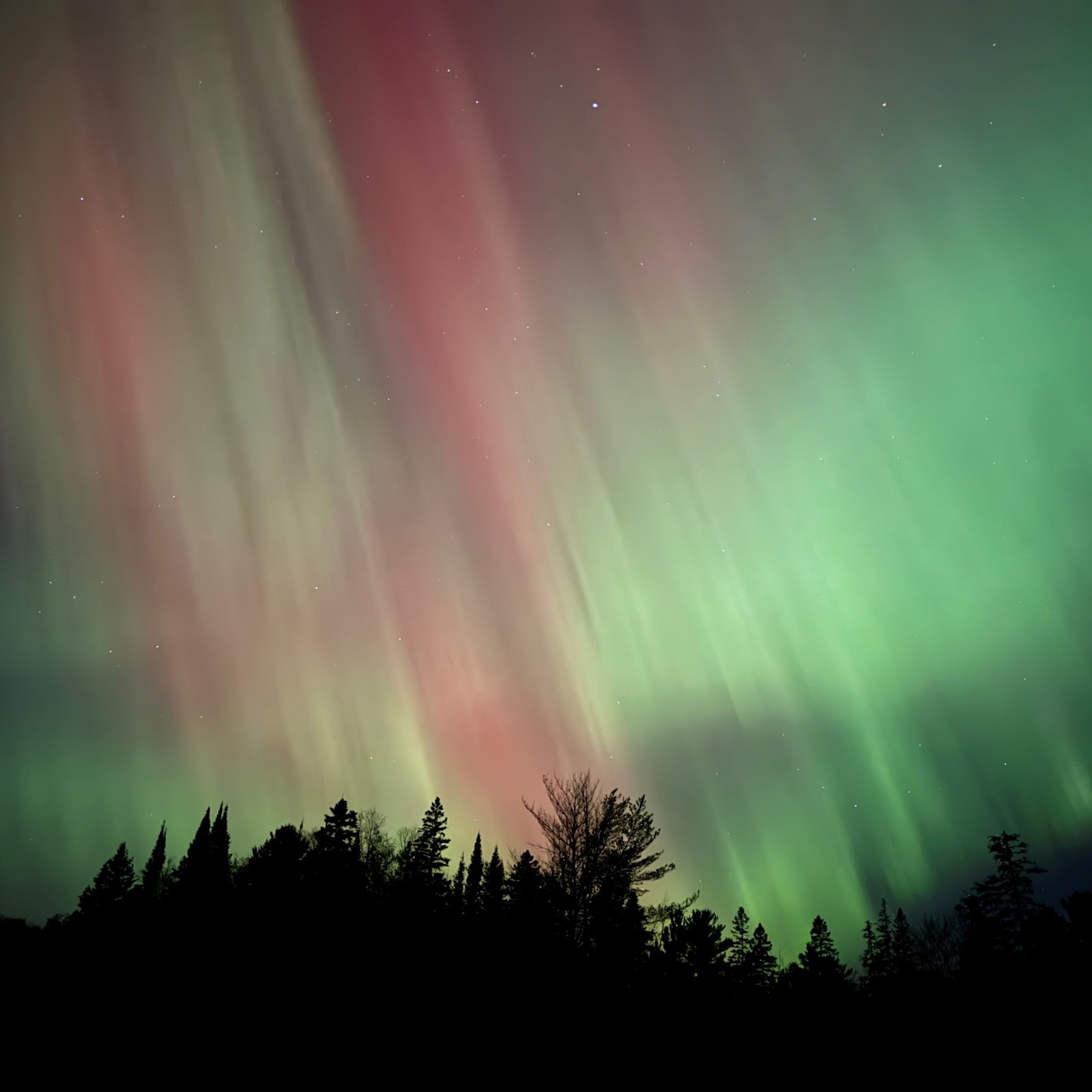
For many, Ontario Provincial Parks might conjure up images of campgrounds, nature trails and beaches. But the reality is, the system of parks offers a variety of unique ways for locals and travellers to connect with the great outdoors.
Algonquin was the first provincial park established in Ontario in 1893, to help preserve the native forests, watersheds and wildlife, while making a space for forestry experimentation, and a “health resort and pleasure ground” for Ontarians, according to The Algonquin Forestry Authority website.
Now, with 330 provincial parks across Ontario—more than 100 of them open to visitors—the park program has expanded to provide a plethora of educational and recreational experiences for all.
Read on to discover 10 ways to enjoy Ontario’s Provincial Parks.
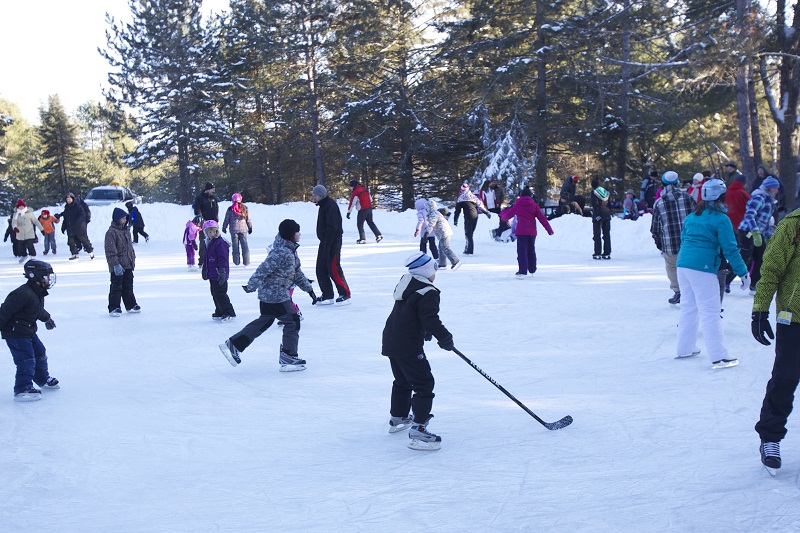
1. You can enjoy many provincial parks all year round.
It might be hard to believe, but many of the provincial parks offer activities throughout the winter—in some cases, even winter camping!
Near Thunder Bay, Kakabeka Falls Provincial Park has over 15 km of cross-country skiing trails and snowshoeing, and the second-highest waterfall in Ontario is a thrill to see even when frozen.
If skating is your winter activity of choice, Arrowhead Provincial Park in Huntsville and Sleeping Giant east of Thunder Bay have skating trails, and Algonquin’s Mew Lake and Pinery do a more traditional rink.

2. Ontario Parks has a Learn to Fish program.
Multiple provincial parks permit fishing for species like walleye, trout, and lake perch, and will even help you get started if you’re a beginner.
A two-hour Learn to Fish program goes over the basics and provides all the necessary equipment—right down to sunglasses. For casual anglers, Tackle Share rods and reels are available to borrow for free at various parks.

3. You can borrow a PFD (personal floatation device) for free at Ontario Parks.
Whether taking a swim at one of the gorgeous beaches, fishing, or paddling, water activities are typically a key part of visits to the provincial parks.
If you forgot to pack your lifejacket, not to worry: visitors can borrow one for free at 70 of the parks through the PARKsmart PFD Lending Program. It was initiated in 2003 to reduce the risk of drowning or injury when participating in water activities, and increase water safety awareness.

4. You can delve into astronomy at the Killarney Provincial Park Observatory.
With its sapphire lakes, pink granite coastline, and La Cloche Mountains, Killarney Provincial Park was an inspirational spot for The Group of Seven’s A.Y. Jackson, Franklin Carmichael and A.J. Casson.
Now, with a research-grade observatory, it is also a favoured spot for stargazers, like the Astronomers in Residence.
The Royal Astronomical Society of Canada designated the park a Dark Sky Preserve in 2018 (making it the first provincial park to receive the recognition), and the observatory is open to the public during programming and events.

5. Visitors can play disc golf at Mikisew Provincial Park.
Although disc golf has gained popularity in recent years, there has been a 9-hole course at this northern provincial park since the 1980s. The park has since added an 18-hole course, designed for beginner and intermediate use.
The sport is played similarly to regular golf, but using discs like frisbees. Bring your own, or borrow some from the park gate.
For avid disc golfers, Tom Thomson Park is a short drive away—a municipal park along the South River that often holds tournaments on their 18-hole course.
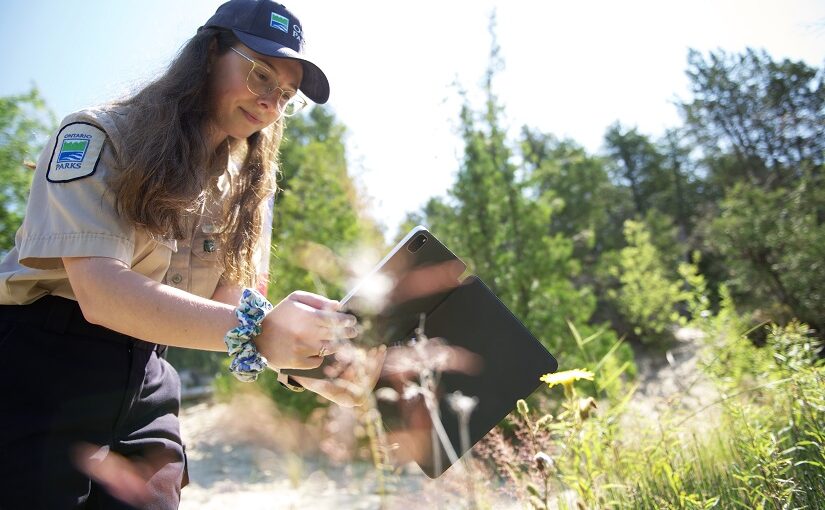
6. You can participate in community science at Ontario Parks.
One way to experience nature in the parks is by helping to collect and share data about the resident plants and animals.
Visitors can learn more about flora and fauna by sharing pictures in the iNaturalist app, which also helps to build a catalogue of species that call the various parks home.
Staff also welcome help keeping invasive species in check, and visitors can track sightings on the EDDMapS Ontario app.
There are also opportunities to help with park-specific projects, like identifying and mapping the varieties of breeding birds in Northwestern Parks for the Breeding Bird Atlas, or taking part in Killarney’s annual butterfly count in July, which helps to track long-term changes to butterfly populations and the ecosystem.
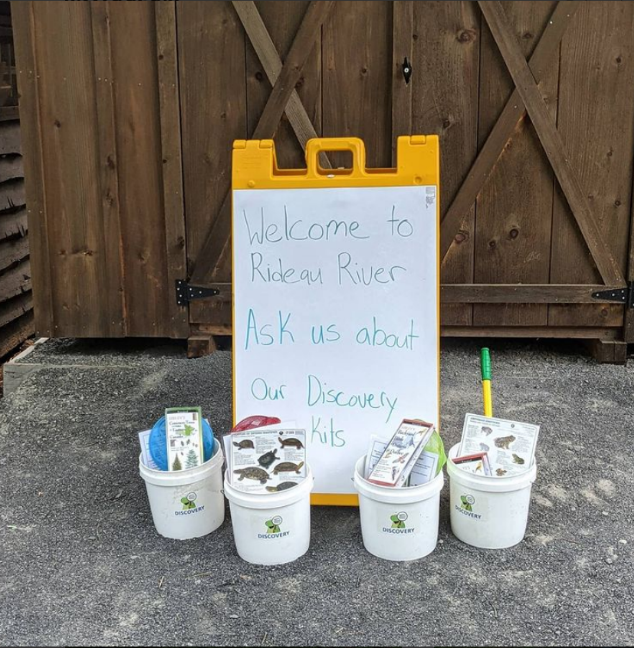
7. Ontario Parks offers free discovery kits for a fun way to explore.
Enhance your nature experience by borrowing a discovery kit from the park’s gatehouse or store.
The themed kits are free to check out for a half-or full day, and are filled with various items to help you explore the park—like binoculars, watercolour paints, or an Ojibway Sky Star Map Constellation Guide.

8. Ontario Parks provide barrier-free camping.
Barrier-free campsites are available at over 70 provincial parks across Ontario. This means they have features like an accessible picnic table, hard-surfaced parking pad, and are close to a water tap and comfort station, often with a paved path.
There are also barrier-free options for cabins (such as ramps and wider doorways), and yurts.
Five provincial park beaches (including Quetico) are equipped with a beach mat, which makes it easier for guests with mobility aids to access the water, and some parks (like Pancake Bay) have all-terrain wheelchairs and floating wheelchairs that can be borrowed free of charge.

9. You can tap into the knowledge of Ontario Parks' discovery staff.
At the parks, there are plentiful opportunities to learn from park staff at the visitor centre and during discovery programs and special events. Teachers can also bring the provincial parks into the classroom with grade-specific programs led by park discovery staff on topics like at-risk species, living and lumbering in Northeastern Ontario, and the Great Lakes.
Programs are tied into the curriculum and available in French or English, in person or over video.

10. Dogs are welcome at Ontario Parks.
Don’t leave your furry friend behind! Dogs are welcome—with the exception of some pet-free zones, including select campgrounds and general beaches.
Select cabins and yurts are pup-friendly, and many of the parks—including Mikisew, Chutes, and Lake Superior have dog-friendly beaches and/or pet exercise areas.
Plan Your Visit to Ontario’s Provincial Parks
Before you make a reservation, learn more about provincial parks in Northern Ontario, how to book a campsite, and which provincial parks are great for RVs.
Recommended Articles

Top 10 Things To Do in Northern Ontario

See the Leaves Change: Fall Colour Report Ontario 2024

7 Amazing Northern Ontario Islands You Must Visit

The Agawa Rock Pictographs

6 Dark Sky Preserves in Ontario

Best Vinyl Record Stores Ontario (That aren't in the GTA)

The World's Smallest Record Store Is Not Where You'd Expect
The Northern Ontario Beer Trail: 8 Essential Stops For Beer Lovers

12 Times TikTok Was So Northern Ontario

7 Species Worth Fishing for in Ontario

10 Sights To See By Motorcycle In Northern Ontario

A Road Trip to Red Lake

The Eagle

Pride Events in Northern Ontario 2024

How to Book a Campsite in Ontario

9 Films About Northern Ontario You Have To Watch

7 Stompin’ Tom Connors Songs About Northern Ontario

17 Amazing (and Random) Vintage Ontario Tourism Ads That Will Definitely Make You Want to Travel This Summer

